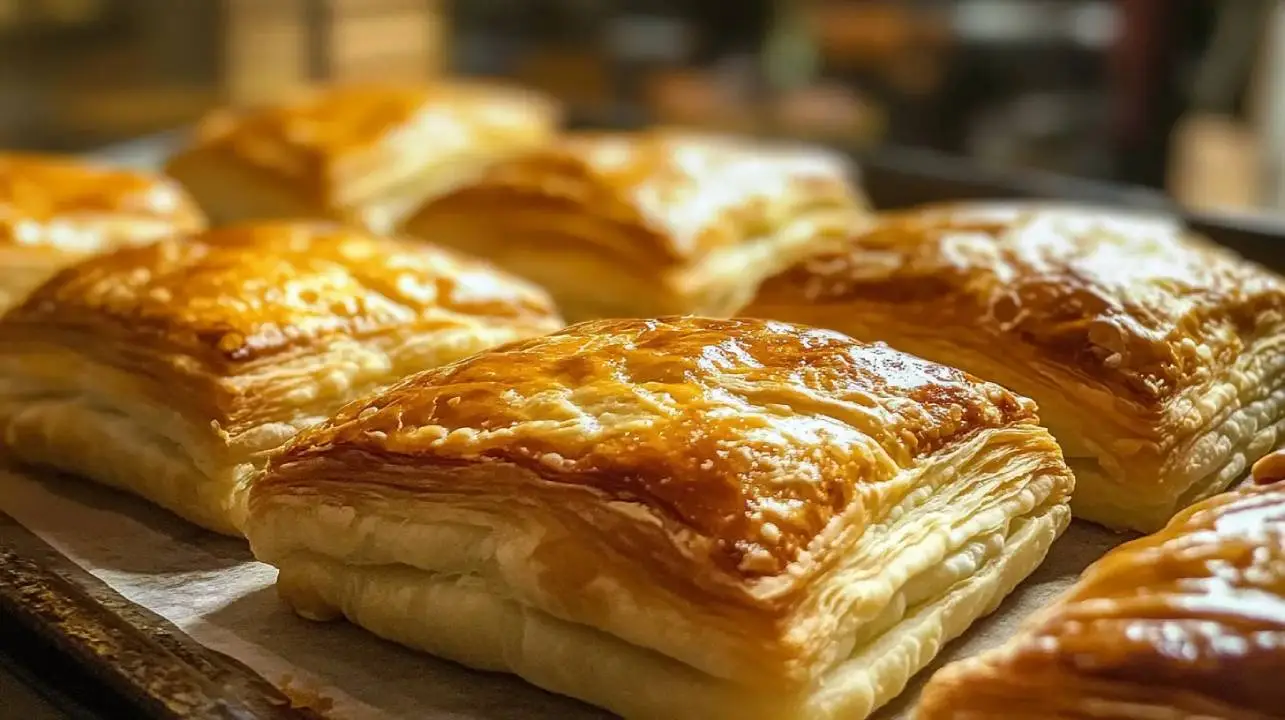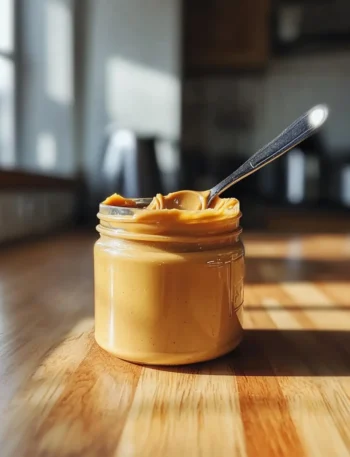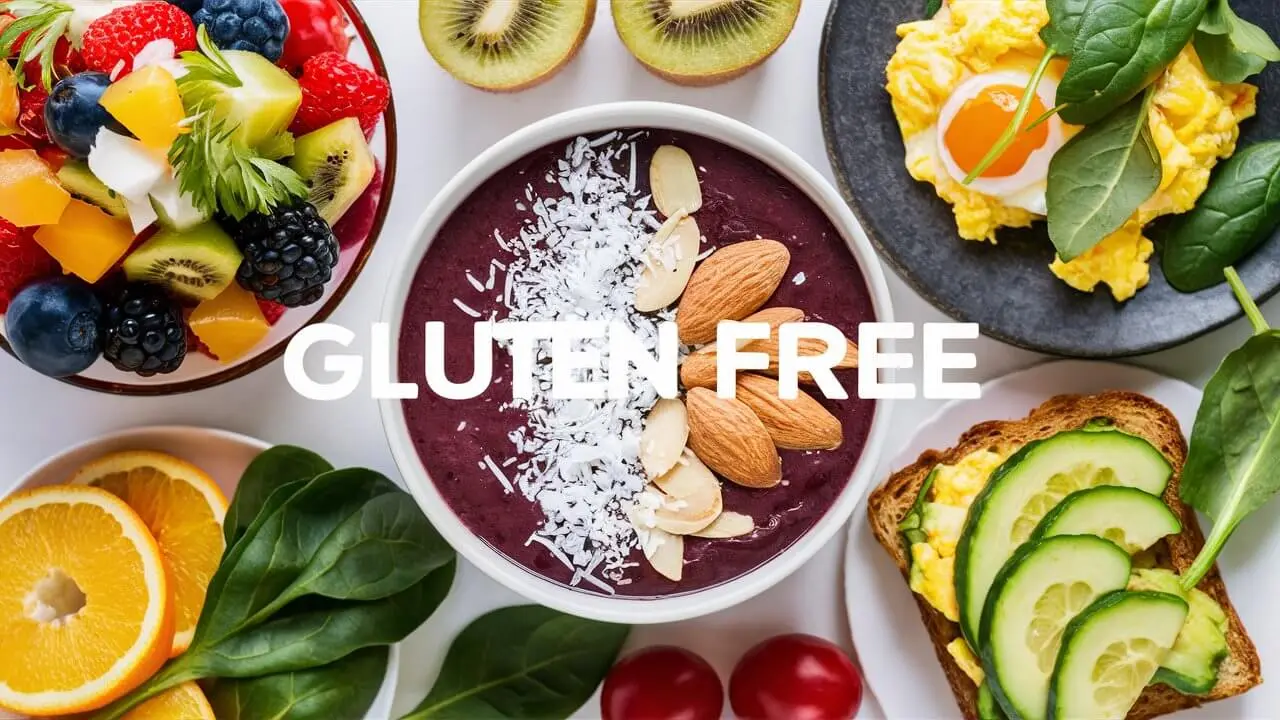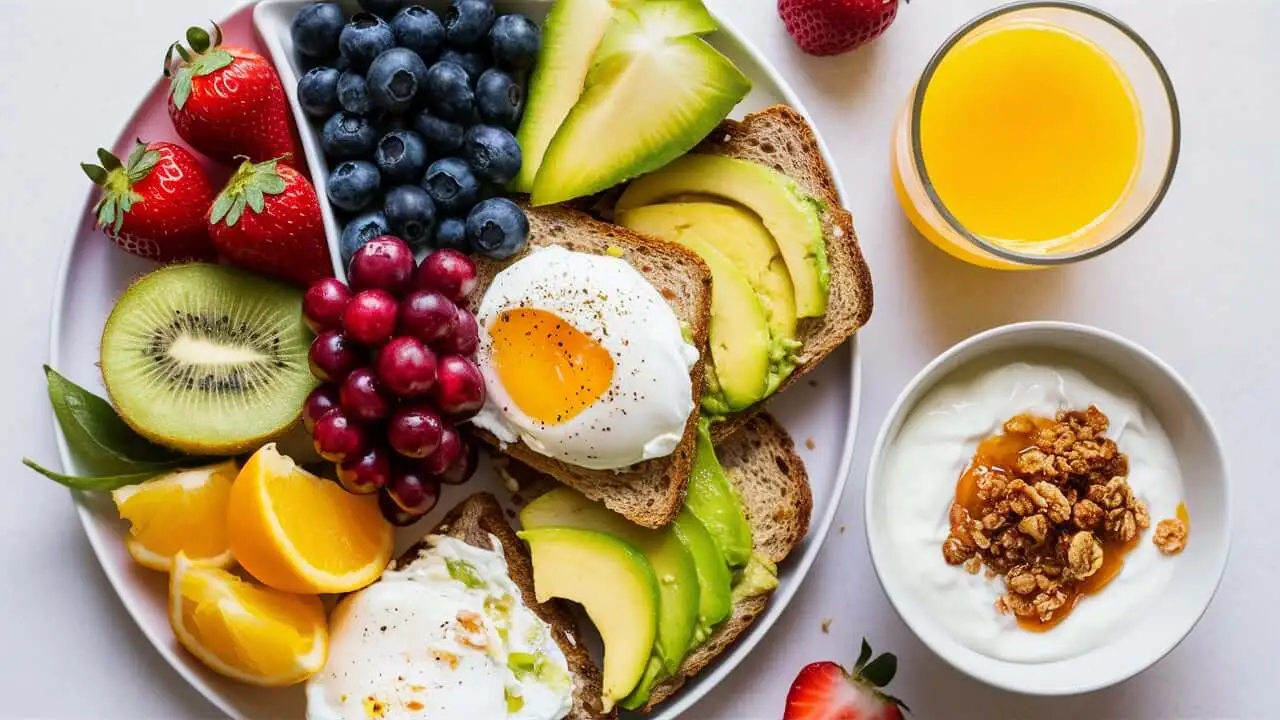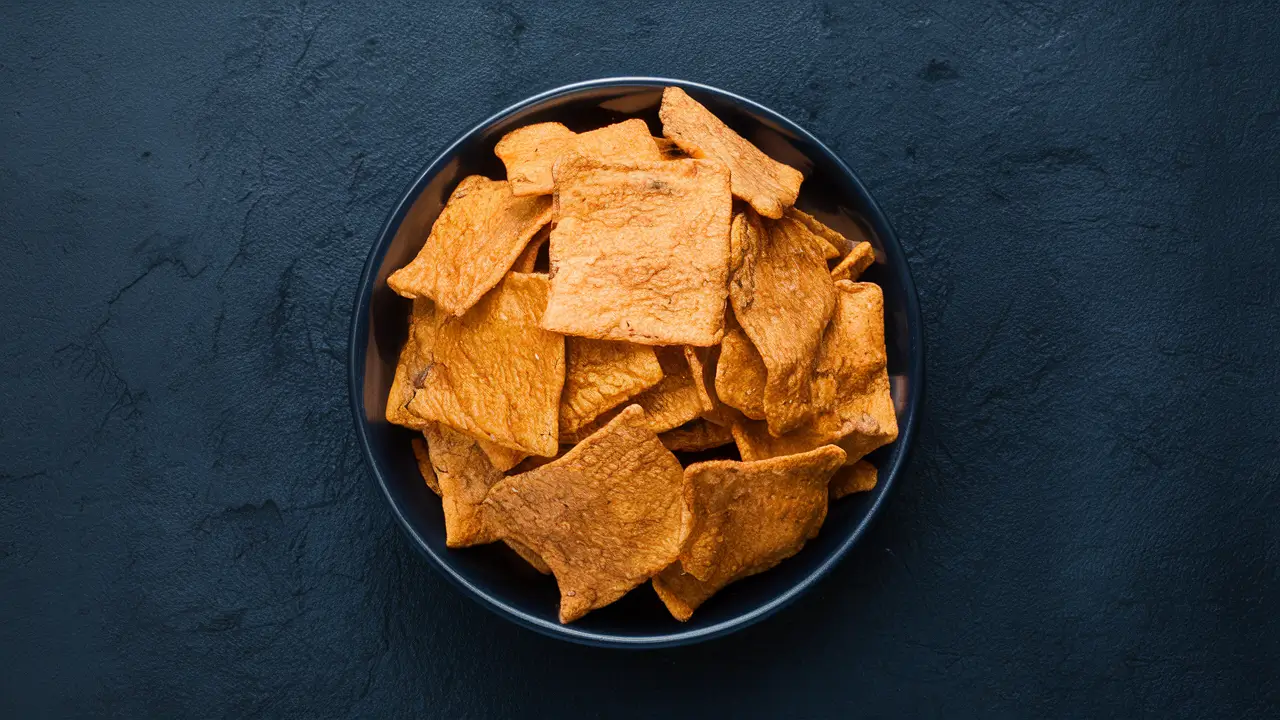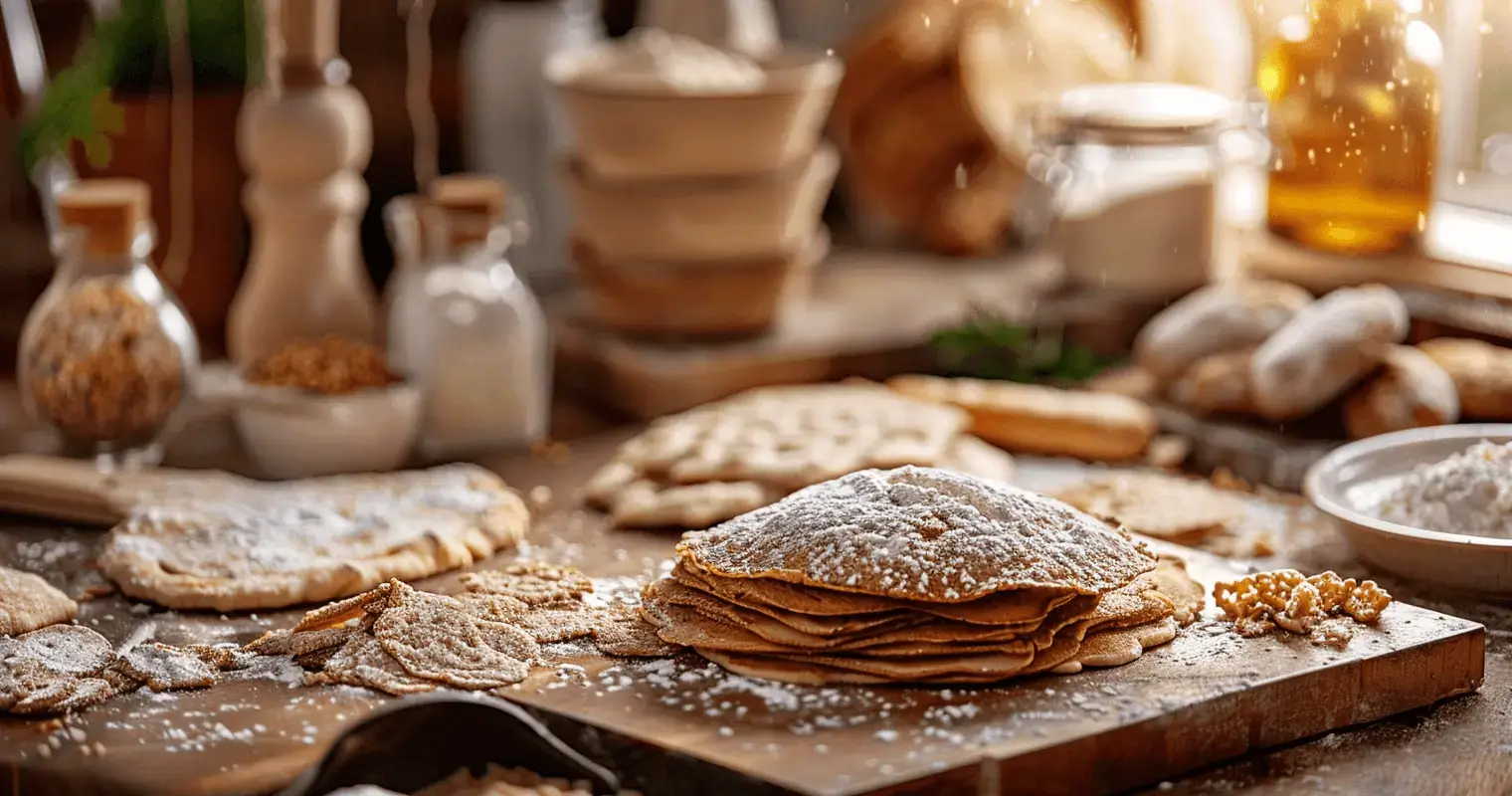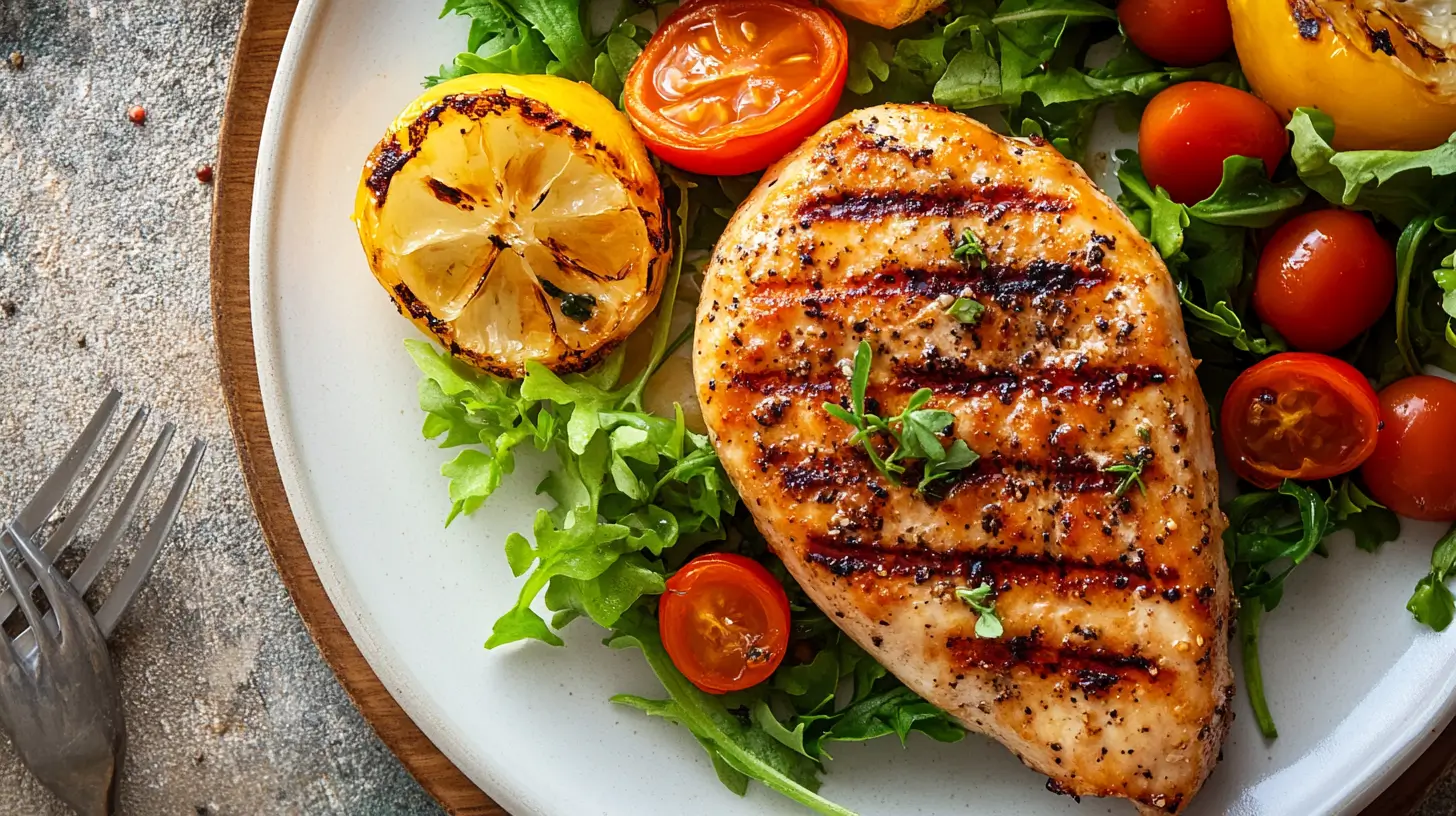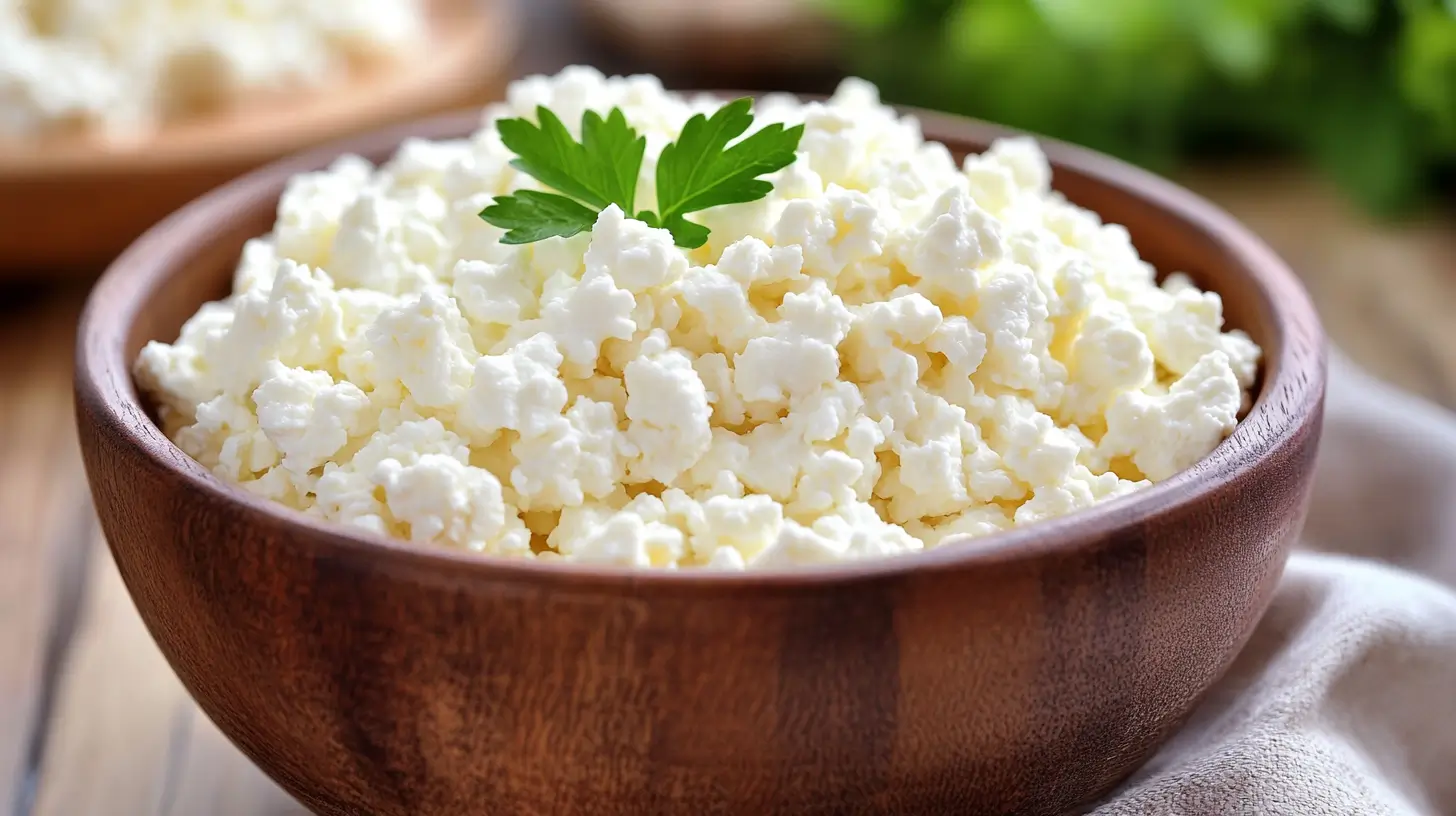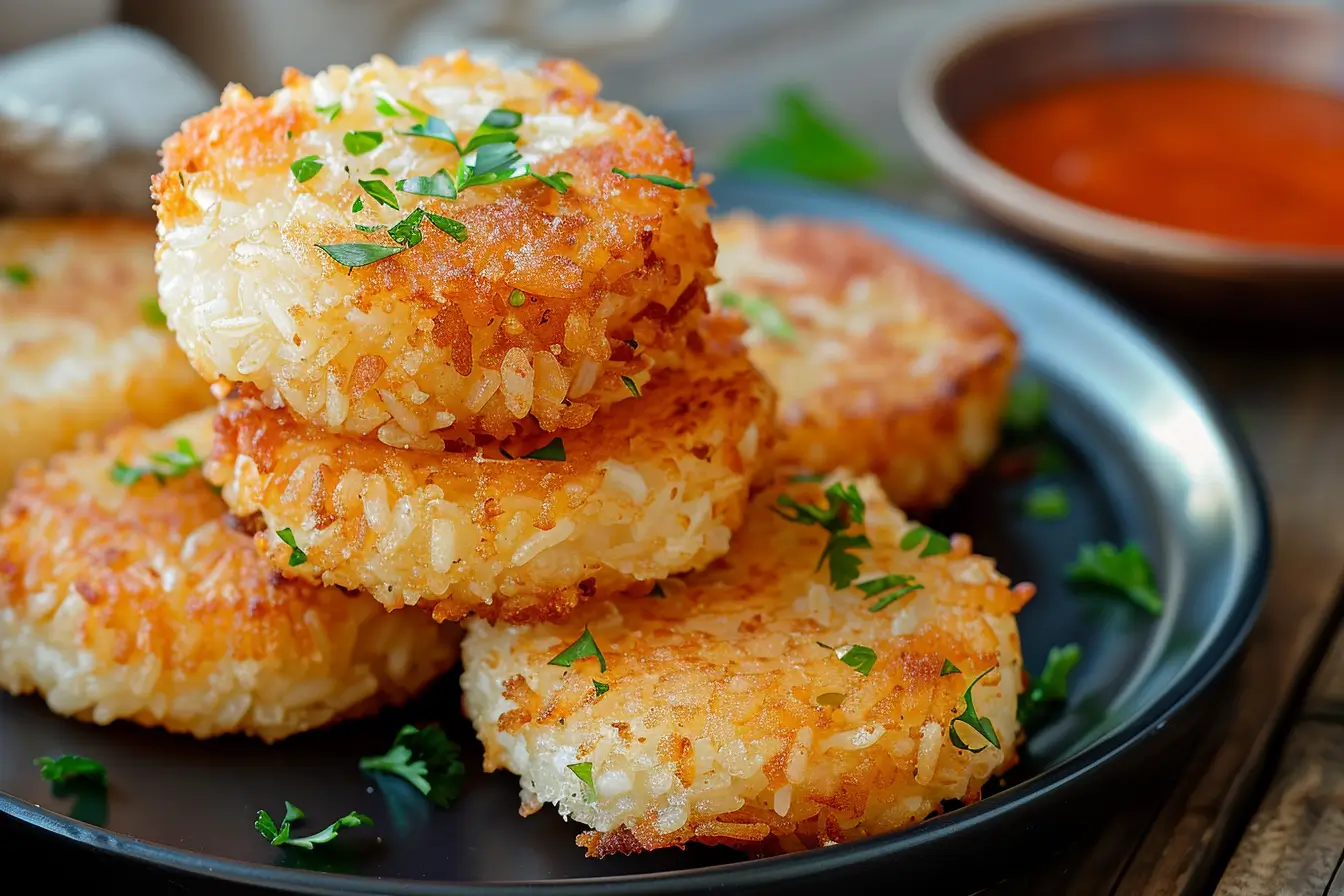Puff pastry appetizers are a delightful addition to any gathering, offering a flaky, buttery texture that pairs perfectly with a wide range of fillings and toppings. This versatile dough can be used to create an array of elegant and delicious starters, suitable for any occasion. Whether you’re hosting a dinner party, a holiday feast, or simply looking for a tasty snack, puff pastry appetizers are sure to impress.
What is Puff Pastry?
Puff pastry, also known as pâte feuilletée, is a light and flaky dough made by repeatedly folding and rolling butter into the dough. The process, known as lamination, creates numerous layers of butter and dough, which puff up during baking to form a crisp, airy texture. It is known for its versatility and is used in sweet and savory dishes, from pastries & tarts to appetizers and main courses.
The Art of Making Puff Pastry
Making puff pastry from scratch is a labor-intensive process that requires precision and patience. The basic ingredients include flour, water, salt, and butter. The dough is rolled out, and a block of butter is placed in the center. The dough is then folded over the butter and rolled out again, a process that is repeated multiple times to create the characteristic layers.
While making puff pastry from scratch can be rewarding, many home cooks opt for store-bought versions, which offer convenience without sacrificing quality. Pre-made puff pastry can be found in the freezer section of most grocery stores and is a time-saving option for creating delicious appetizers.
Popular Puff Pastry Appetizers
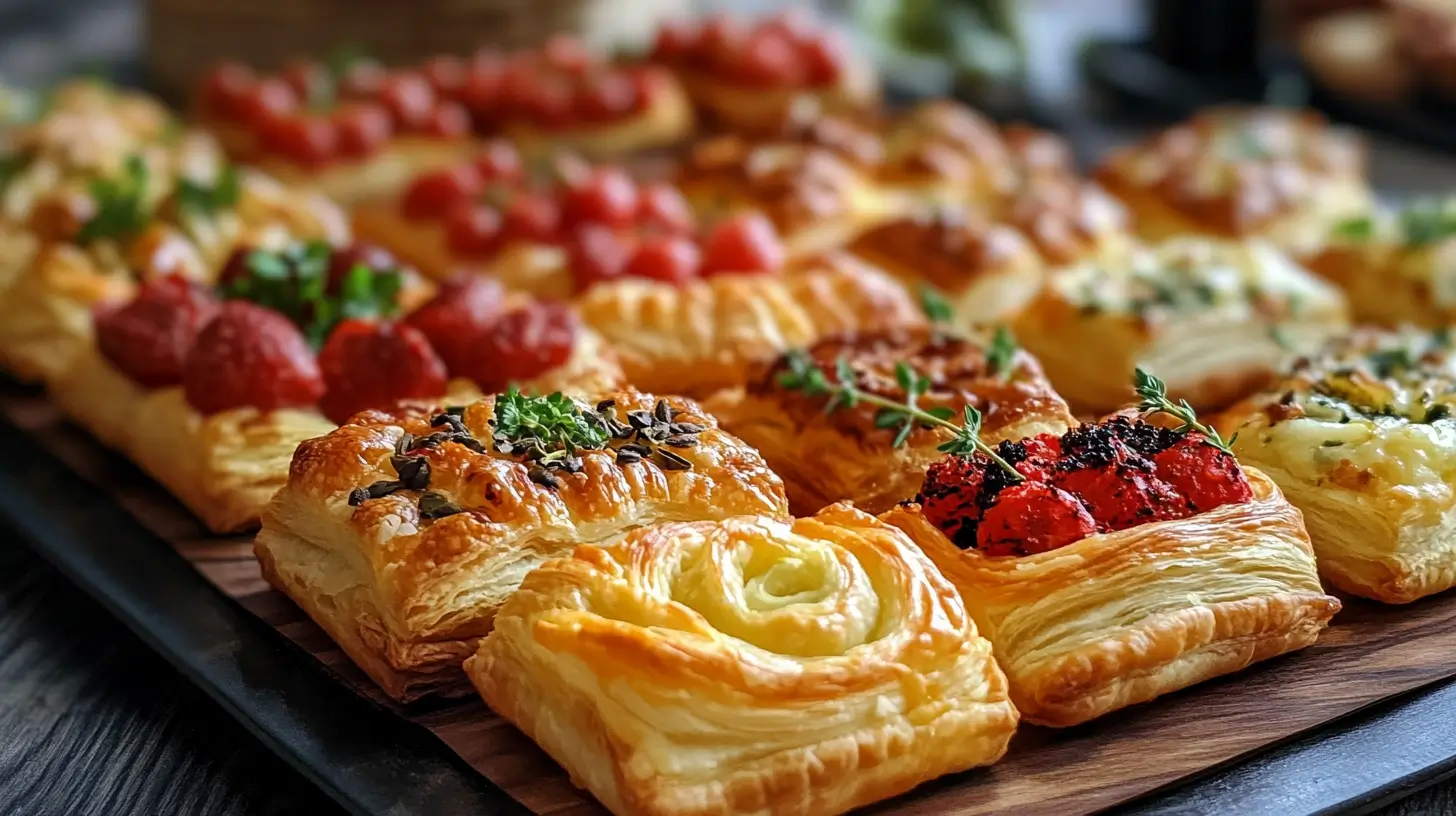
- Sausage Rolls
Sausage rolls are a classic puff pastry appetizer that combines savory sausage filling with flaky pastry. They are easy to make and a crowd pleaser. Simply roll sausage meat in puff pastry, cut into bite-sized pieces, and bake until golden brown.
- Cheese Straws
Cheese straws are a simple yet elegant appetizer made by twisting strips of puff pastry with grated cheese and baking until crispy. They are perfect for pairing with wine or cocktails and can be customized with different types of cheese and seasonings.
- Spinach and Feta Puffs
These delicious puffs are filled with a mixture of spinach, feta cheese, and herbs. They are a great vegetarian option and can be served hot or cold. Simply fill squares of puff pastry with the spinach mixture, fold into triangles, and bake until golden.
-
Mini Quiches
Mini quiches are a versatile appetizer that can be filled with a variety of ingredients such as ham, cheese, vegetables, and seafood. Use puff pastry as the base for the quiche, fill with your desired ingredients, and bake until the filling is set and the pastry is golden brown.
- Brie and Cranberry Bites
Brie and cranberry bites are a festive appetizer perfect for holiday gatherings. Place a small piece of brie cheese and a spoonful of cranberry sauce in the center of a puff pastry square, fold the pastry over the filling, and bake until the cheese is melted and the pastry becomes golden.
-
Mushroom and Thyme Tarts
These savory tarts are filled with a mixture of sautéed mushrooms, garlic, and fresh thyme. They are a sophisticated appetizer that can be prepared in advance and baked just before serving. Use a round cutter to create tart shells from puff pastry, fill with the mushroom mixture, and bake until golden.
Tips for Working with Puff Pastry
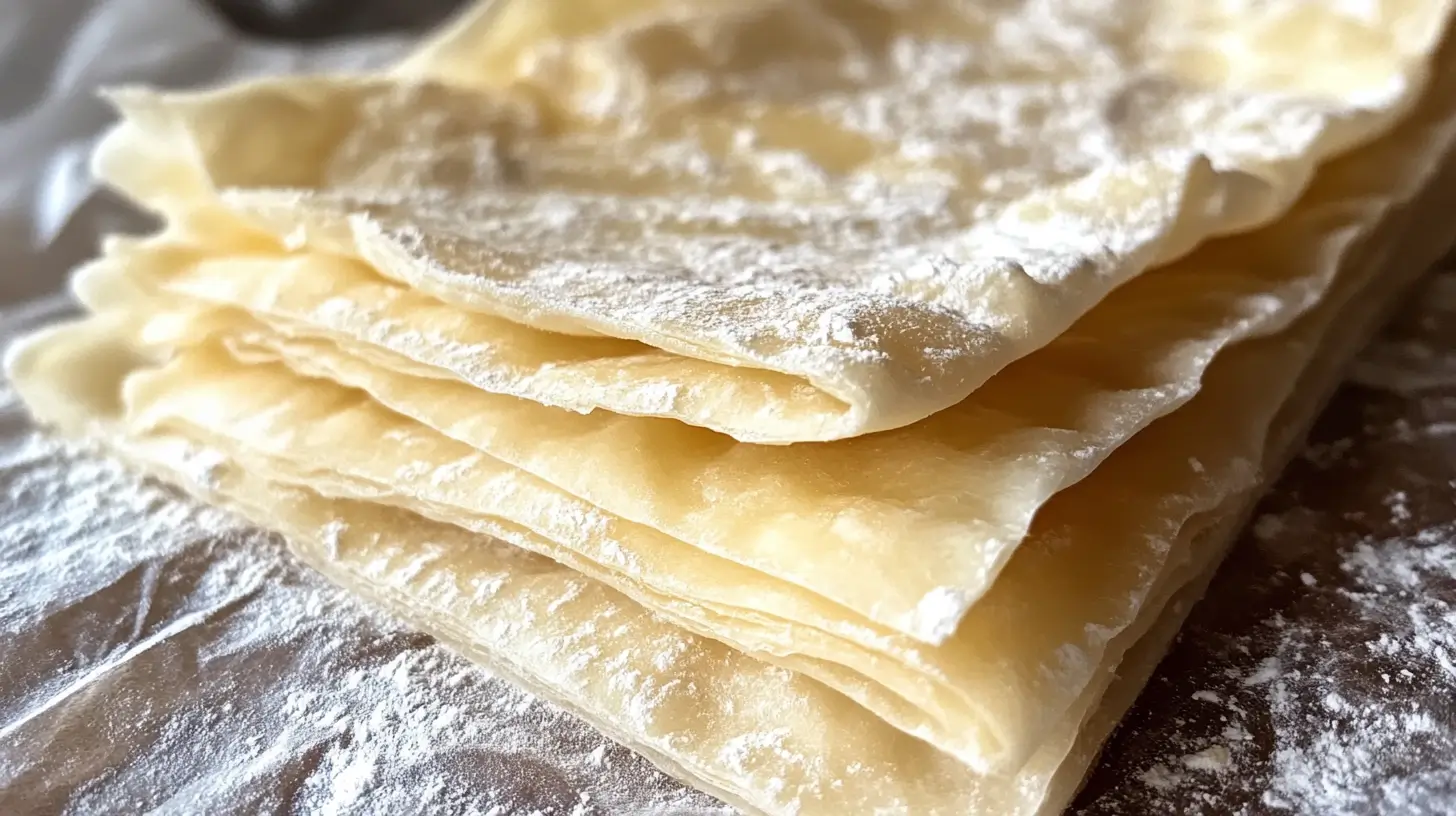
- Keep it Cold: Puff pastry is easier to work with when it is cold. Keep it in the refrigerator until you are ready to use it, and work quickly to prevent the butter from melting.
- Use a Sharp Knife: When cutting puff pastry, use a sharp knife or pizza cutter to ensure clean edges. This will help the pastry puff evenly during baking.
- Dock the Pastry: If you don’t want your pastry to puff too much, use a fork to prick the dough before baking. This technique, known as docking, allows steam to escape and prevents excessive puffing.
- Brush with Egg Wash: For a golden, shiny finish, brush the puff pastry with an egg wash (a mixture of beaten egg and a little water) before baking.
- Avoid Overfilling: Be careful not to overfill your puff pastry appetizers, as this can cause the filling to spill out during baking and prevent the pastry from puffing properly.
What is the Fancy Name for Puff Pastry?
The fancy name for puff pastry is “pâte feuilletée.” This term is derived from French, where “pâte” means dough and “feuilletée” translates to “leafy” or “layered.” The name aptly describes the characteristic layers that define puff pastry, which are achieved through the process of lamination. Lamination involves folding and rolling butter into the dough multiple times to create thin, alternating layers of dough and butter. When baked, the moisture in the butter turns to steam, which make the layers separate and the dough to puff up, causing in a light and flaky texture.
Pâte feuilletée has a long history in French cuisine, where it is used in a variety of both sweet and savory dishes. Some classic examples include vol-au-vents, mille-feuille, and palmiers. The technique of making puff pastry dates back to the 17th century and is attributed to French pastry chefs who refined the method to achieve the delicate, airy texture we enjoy today.
In modern cooking, pâte feuilletée remains a staple in professional kitchens and is also widely used by home cooks, thanks to the availability of high-quality, pre-made puff pastry. This convenience allows cooks to create elegant dishes without the time-consuming process of making puff pastry from scratch.
Can You Make Puff Pastry Shells in Advance?
Yes, you can make puff pastry shells in advance, which can be a great time-saver when preparing for a party or event. Puff pastry shells, also known as vol-au-vents, can be baked ahead of time and stored until you are ready to use them. Here are some tips for making puff pastry shells in advance:
- Bake and Cool: After cutting and shaping the puff pastry into shells, bake them according to the recipe’s instructions until they are golden brown and fully cooked. Once baked, allow the shells to cool completely on a wire rack.
- Store Properly: Once cooled, store the puff pastry shells in an airtight container at room temperature. This will help maintain their crispness. If you live in a humid climate, you may want to store them in the refrigerator to prevent them from becoming soggy.
-
Reheat Before Serving: To restore the crisp texture of the puff pastry shells before serving, reheat them in a preheated oven at 350°F (175°C) for a few minutes. This will help them regain their flakiness and warmth, making them the perfect vessel for your fillings.
- Filling the Shells: When you are ready to serve, fill the puff pastry shells with your desired fillings. Whether you are using savory options like chicken salad, seafood, or mushrooms, or sweet options like custard, fruit, or chocolate, the versatility of puff pastry shells makes them an ideal choice for a variety of appetizers.
By preparing puff pastry shells in advance, you can streamline your preparation process and focus on other aspects of your event. This approach also allows you to enjoy the convenience of ready-made shells while still offering a homemade touch to your appetizers.
Can You Freeze Cooked Puff Pastry?
Yes, you can freeze cooked puff pastry, which is an excellent way to preserve leftover pastries or prepare appetizers in advance. Freezing cooked puff pastry helps retain its flaky texture and prevents waste. Here are some steps to follow when freezing cooked puff pastry:
Cool Completely: Before freezing, make sure the cooked puff pastry has cooled completely. This stops moisture from building up inside the storage container, which can cause sogginess.
- Wrap Individually: Wrap each piece of puff pastry individually in plastic wrap or aluminum foil. This helps protect the pastry from freezer burn and keeps it fresh.
-
Use Airtight Containers: Place the wrapped puff pastry in an airtight container or freezer bag. Label the container with the date to keep track of how long the pastry has been stored.
- Freeze: Store the container in the freezer. Cooked puff pastry can be frozen for up to 2 months without a significant loss in quality.
- Reheat Before Serving: To enjoy the best texture and flavor, reheat the frozen cooked puff pastry in a preheated oven at 350°F (175°C) until it is warmed through and crispy. This usually takes about 10-15 minutes, depending on the size and type of pastry.
Freezing cooked puff pastry is a practical option for busy cooks who want to have delicious appetizers. Whether you are preparing for a special occasion or simply want to enjoy a quick snack. Frozen puff pastry on hand can be a convenient solution.
What are the Different Types of Pastry Sheets?
Pastry sheets come in various types, each with its own unique characteristics and uses. Here are some of the most common types of pastry sheets:
- Puff Pastry: Puff pastry, or pâte feuilletée, is known for its flaky, layered texture created through the lamination process. It is used in both sweet and savory dishes, including appetizers, desserts, and main courses.
- Phyllo Dough: Phyllo dough, also known as filo, is a paper-thin pastry used in Mediterranean and Middle Eastern cuisines. It is often layered with butter or oil and used to make dishes like baklava and spanakopita.
- Shortcrust Pastry: Shortcrust pastry, also called pâte brisée, has a crumbly texture and is commonly used for pie crusts and tarts. It is made by cutting butter into flour to create a sandy texture before adding liquid to form a dough.
-
Choux Pastry
: Choux pastry, or pâte à choux, is a light pastry dough used to make cream puffs, éclairs, and profiteroles. It is cooked on the stovetop before being piped into shapes and baked until puffed and golden.
- Rough Puff Pastry: Rough puff pastry is a quicker version of traditional puff pastry. It involves a less meticulous lamination process but still achieves a flaky texture. It is suitable for savory pies, sausage rolls, and tarts.
- Flaky Pastry: Flaky pastry, similar to puff pastry but with fewer layers, is made by folding and rolling butter into the dough. It is used for turnovers, pasties, and some types of pies.
-
Hot Water Crust Pastry
: Hot water crust pastry is used primarily for savory pies, such as pork pies. It is made by mixing hot water and fat into the flour, resulting in a firm, moldable dough that holds its shape well.
Each type of pastry sheet offers unique textures and flavors, making them suitable for a wide range of culinary applications. Understanding the differences between these pastries can help you choose the right one for your recipes.
What is the Difference Between Puff Pastry and Pastry Sheets?
The terms “puff pastry” and “pastry sheets” are often used interchangeably, but there are distinctions to be made. Puff pastry is a specific type of pastry known for its multiple layers created through a lamination process. Pastry sheets, on the other hand, is a more general term that can refer to various types of flat, rolled doughs used in baking.
Here are the key differences between puff pastry and other pastry sheets:
- Puff Pastry:
- Laminated Dough: Puff pastry is made by folding and rolling butter into the dough multiple times to create layers.
- Flaky Texture: The lamination process results in a flaky, airy texture when baked.
- Versatility: Puff pastry is used in both sweet and savory dishes, from appetizers to desserts.
- Time-Consuming: Making puff pastry from scratch is labor-intensive and requires precision.
-
Other Pastry Sheets:
- Phyllo Dough: Unlike puff pastry, phyllo dough is paper-thin and does not contain layers of butter. It is used in dishes like baklava and spanakopita.
- Shortcrust Pastry: Shortcrust pastry has a crumbly texture and is used for pies and tarts. It is not laminated and does not puff up when baked.
-
Choux Pastry: Choux pastry is a light dough used for cream puffs and éclairs. It is cooked on the stovetop before baking and does not contain layers.
- Flaky Pastry: Flaky pastry is similar to puff pastry but has fewer layers. It is used for turnovers and pasties.
- Hot Water Crust Pastry: This type of pastry is used for savory pies and is firm and moldable.
Understanding the differences between these types of pastry can help you choose the right one for your culinary needs. Puff pastry is ideal for recipes that require a light, flaky texture. While other pastry sheets are better suited for specific dishes and textures.
What are the 7 Types of Pastry?
Pastry is a diverse category of baked goods that encompasses various types of dough, each with its own unique texture. Here are seven common types of pastry:
- Puff Pastry: Puff pastry, or pâte feuilletée, is a laminated dough known for its flaky, airy texture. It is used in a variety of dishes, including appetizers, desserts, and main courses.
- Shortcrust Pastry: Shortcrust pastry, or pâte brisée, has a crumbly texture and is commonly used for pie crusts and tarts. It is made by cutting butter into flour to create a sandy texture before adding liquid to form a dough.
- Phyllo Dough: Phyllo dough, also known as filo, is a paper-thin pastry used in Mediterranean and Middle Eastern cuisines. It is often layered with butter or oil and used to make dishes like baklava and spanakopita.
-
Choux Pastry: Choux pastry, or pâte à choux, is a light pastry dough used to make cream puffs, éclairs, and profiteroles. It is cooked on the stovetop before being piped into shapes and baked until puffed and golden.
- Flaky Pastry: Flaky pastry is similar to puff pastry but has fewer layers. It is made by folding and rolling butter into the dough and is used for turnovers, pasties, and pies.
- Hot Water Crust Pastry: Hot water crust pastry is used primarily for savory pies, such as pork pies. It is made by mixing hot water and fat into the flour, resulting in a firm, moldable dough that holds its shape well.
- Sweet Pastry: Sweet pastry, or pâte sucrée, is a rich, sweet dough used for dessert tarts and pies. It contains sugar and sometimes eggs, resulting in a tender, crisp crust.
Each type of pastry has its own unique characteristics and is used in different types of dishes. Understanding these differences can help you choose the right pastry for your recipes and achieve the desired texture and flavor.
Conclusion
Puff pastry appetizers are a delightful and versatile addition to any menu, offering a flaky, buttery texture that pairs perfectly with a wide range of fillings and toppings. From classic sausage rolls and cheese straws to elegant spinach and feta puffs and mini quiches, puff pastry can be used to create a variety of delicious starters suitable for any occasion. By understanding the different types of pastry and their unique characteristics, you can create impressive and delicious appetizers that will wow your guests.

